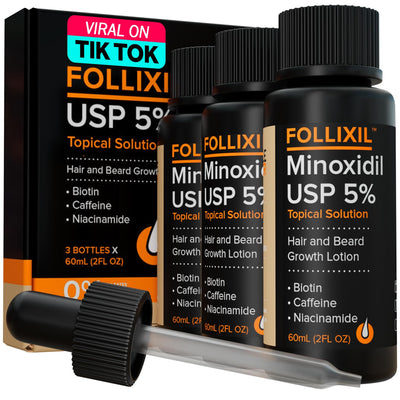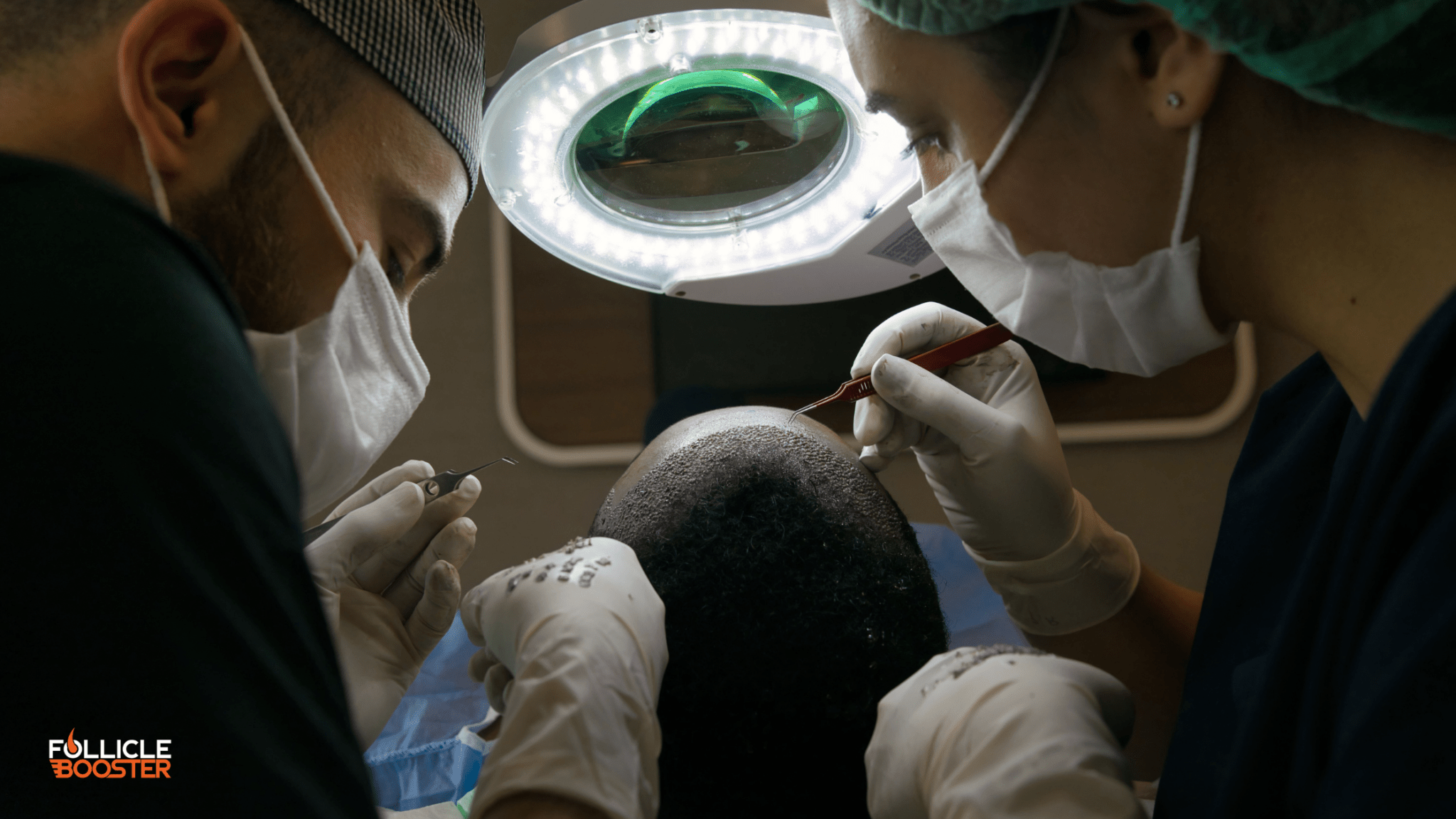Hair transplant surgery has become a popular solution for hair loss. However, like any medical procedure, it is not always successful. While many patients achieve natural-looking results, some may experience failure for various reasons. Understanding the factors contributing to hair transplant failure can help individuals make informed decisions before undergoing the procedure.
Signs of Hair Transplant Failure
A failed hair transplant can manifest in several ways, including:
- Poor hair growth or no growth at all
- Uneven or patchy hair distribution
- Persistent scalp infections or inflammation
- Excessive shedding beyond the expected recovery period
- Visible scarring in the donor or recipient area
It is crucial to choose a skilled surgeon and follow post-operative care guidelines carefully to minimize the risk of failure.
Top Reasons for Hair Transplant Failure
1. Poor Surgical Technique
The success of a hair transplant depends heavily on the surgeon’s expertise. An inexperienced surgeon may place grafts incorrectly, use outdated methods, or overharvest the donor area. Poor technique can lead to unnatural-looking hair growth, excessive scarring, and low graft survival rates. Choosing a qualified and experienced surgeon is essential to avoid such complications.
2. Insufficient Post-Operative Care
Proper aftercare is crucial to ensure graft survival after the surgery. Patients who fail to follow post-op instructions—such as avoiding strenuous activities, sleeping upright, or refraining from scratching the scalp—may experience poor results. Additionally, smoking and excessive alcohol consumption can negatively impact blood circulation, reducing the chances of graft survival.
3. Poor Blood Supply to the Scalp
A healthy blood supply is necessary for the transplanted hair follicles to survive and thrive. Patients with underlying health conditions such as diabetes, heart disease, or a history of smoking may have compromised blood circulation, leading to graft failure. Patients must discuss their medical history with their surgeon before the procedure to assess their suitability.
4. Shock Loss and Shedding
Shock loss refers to the temporary shedding of transplanted or existing hair due to the trauma of surgery. While mild shock loss is expected, the hair may not regrow in some cases if the scalp is not healthy or the grafts are improperly placed. This can lead to unsatisfactory results, making it seem like the transplant has failed.
5. Unrealistic Expectations and Overharvesting
Some patients expect full coverage in one session, which may not always be possible, mainly if the donor area has limited hair. Overharvesting from the donor site can cause long-term thinning and an unnatural appearance—realistic expectations and understanding that multiple sessions may be required for optimal results.
How to Improve Hair Transplant Success
To maximize the success of a hair transplant, patients should:
- Choose an experienced and reputable surgeon
- Follow all post-operative hair care instructions
- Maintain a healthy lifestyle to promote scalp and follicle health
- Be patient, as full results can take 12-18 months to appear
- Discuss concerns with the surgeon to set realistic expectations

Hair transplant failure can be disappointing, but understanding the risks and causes can help prevent it. Patients can significantly improve their chances of a successful and natural-looking outcome by selecting a skilled surgeon, following proper aftercare, and maintaining good scalp health.












